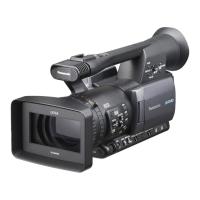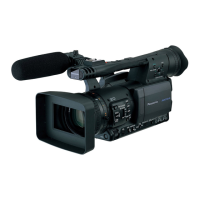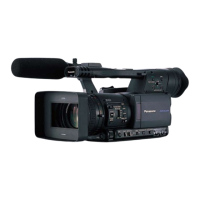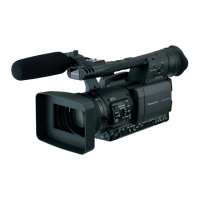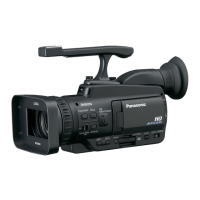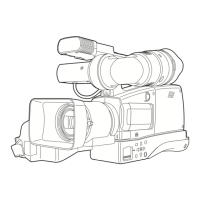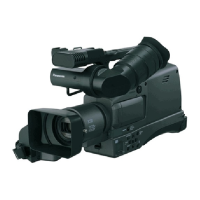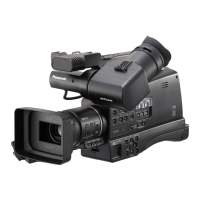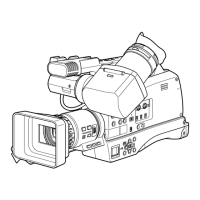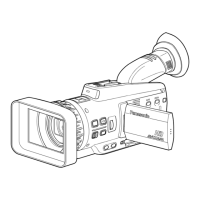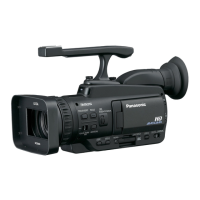Documentary camera
techniques
Mastering basic technique
A solid technical understanding of the camera is only
a foundation. e art of documentary depends on
your personal vision and your relationship with your
subjects and their world. It’s important to master
basic camera craft, but more importantly, to develop
the craft so that it becomes second-nature, almost
transparent, so that it does not interfere with your
connecting with your subject. Learning good
camerawork is a lot like learning how to ride a bike:
at rst you’ll fall, and then fall again, and then fall
again. en eventually you get it. You’re able to
balance and ride without falling. It becomes second
nature. Now your attention can be focused on your
journey. Learning the technical aspects of the camera
simply helps you keep your balance while riding the
bicycle, the journey with your subjects—that’s where
the magic happens. But you don’t want the magic
spoiled by poor technique. So in this section we’ll
cover the fundamental starting points. Like any
technique, you have to eventually make it your own,
break the rules, do your own thing. But for starters,
master the basics.
Exposure and white balance
Maintain good focus on your subject and properly
white balance the camera whenever the light changes
for the most natural color reproduction.
Shoot to edit
Allow for at least ve-second pre-roll time. Take into
consideration with all shots in relation to how they
may look in an editing situation.
Make sure that there is enough room in the shot to
add titles, graphics, lower thirds, or other possible
adjustments in the editing process.
Pre-production check-list
•
Story outline
•
Shot list
•
Interview questions
•
Subject releases
•
Location releases
•
Location agreements (if needed)
•
Shooting permits (if needed)
Shooting in the Field
Stable shots, unless there’s meaning in the
movement.Find a stable body position: leg spacing,
kneeling arm support, hold viewnder up to your eye
for the steadiest hand-held shot (you head is very
steady), or use a tripod if it’s more appropriate for
what you’re shooting. e “handicam” technique of
holding the camera with you hand away from the
face is not the most stable manner to hold the
camera.
Camera support. For support use a wall, step, chair
or whatever you can nd. Use your environment to
your advantage. A monopod provides an interesting
alternative to a tripod, and when used hand-held off
the ground, helps to lower the camera center-of-
gravity, which makes for a more stable shot.
Shoot a variety of angles. Find a unique angle, the
more variety and mix of shots you have the more
interesting your nal piece will be. Not everything
should be shot at eye level. Documentary is an
expressive medium. Experiment, nd a unique
perspective for the situation at hand. en nd an
alternative perspective. In the editing room you’ll be
so happy to have choices, alternative angles to cut to.
Focusing: different types: setting focus, depth of
eld, deep focus.
Zooming
•
Telephoto: perspective at, narrow eld, lacks
depth
•
Wide angle: emphasize space and depth,
distortion
•
Manual vs. servo zoom (can be very smooth)
Framing and shot composition
•
Rule of thirds: put subject in the “interest areas”
at the intersection of the lines that divide the
frame into thirds:
Introduction to the Panasonic AG-HMC150 AVCHD camcorder (rough draft) http://kino-eye.com/dvb/ 21 /35
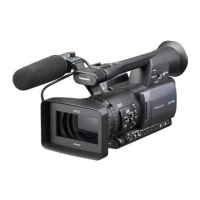
